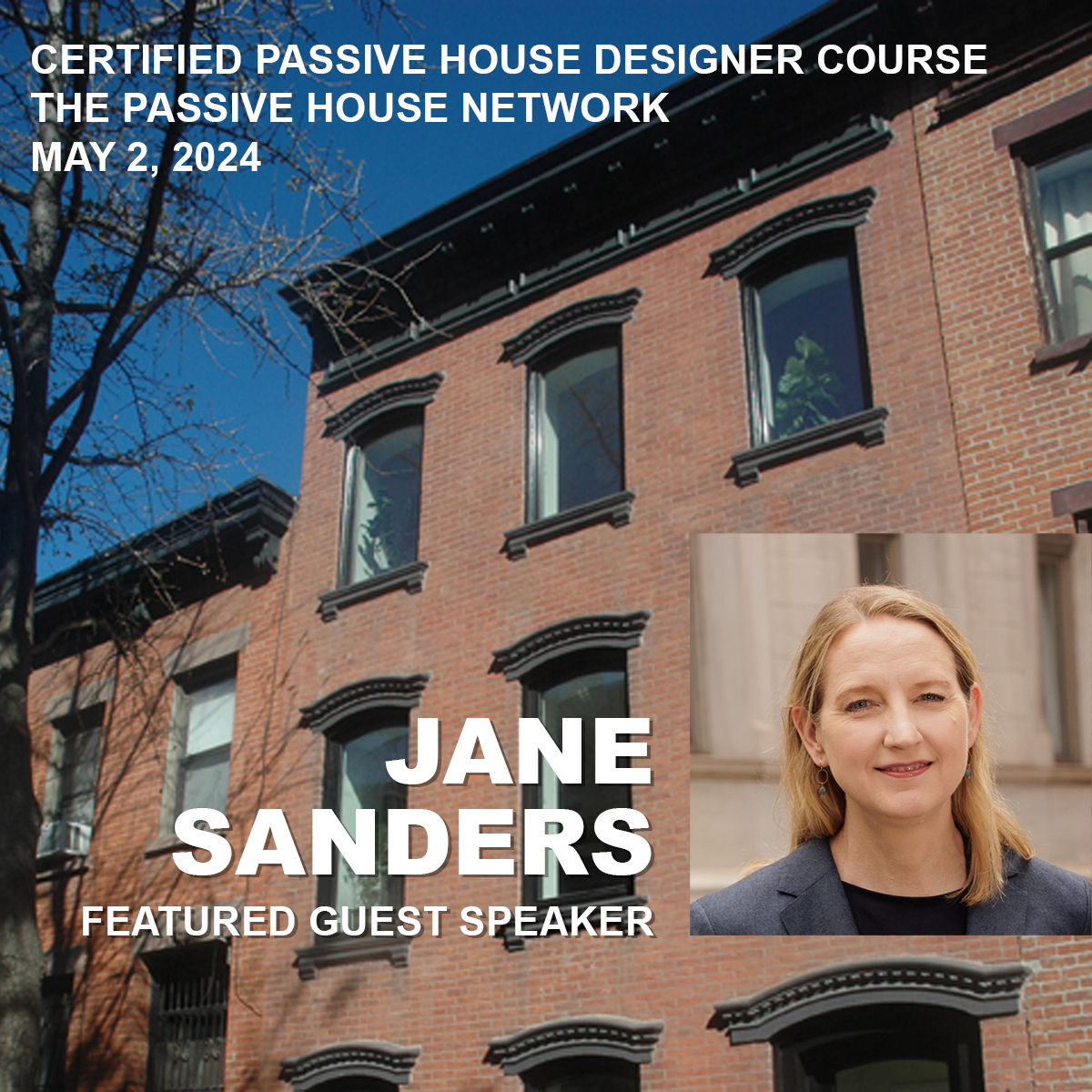Updates from the HDC blog about recent LPC designation hearings.
Two long-sought-after historic districts finally got public hearings at the Landmarks Preservation Commission yesterday. The two districts, both of which community members have been advocating for years for consideration, were originally scheduled for an October hearing at LPC, but that meeting was cancelled due to Hurricane Sandy.
Since 1976, the Mud Lane Society for the Renaissance of Stapleton has been campaigning for the protection of their lovely Staten Island neighborhood. HDC has been actively working with the group and Stapleton residents since 2003 to help gain landmark designation for areas in the neighborhood (the St. Paul Avenue – Stapleton Heights HD was designated in 2004), and the Mud Lane Society was recently chosen to be one of 2013’s “Six to Celebrate”, so we were thrilled that this district was finally having a hearing.
Hosting a wide range of late 19th-century architectural styles on a single block, the proposed Harrison Street Historic District has a hidden history which is easily overlooked but contributes greatly to its distinct sense of place. Since its first development in the mid 19th century, the cul-de-sac has had only one teardown on the block. All the buildings, regardless of cosmetic alterations, are the original structures on their site, a rare occurrence in our city. Furthermore, the homes on Harrison Street were mostly built by local designers and builders, a fact which opens a window into Staten Island’s architectural and urban design history in an unexpected and unusual way.
Twenty-four people testified on the district, twenty in favor of designation. The vast majority of the supporters were residents or owners of the proposed district and owners of landmarked properties nearby on Staten Island. The latter spoke of their good experiences owning a landmark and working with LPC. The opposition were largely concerned about the possibility of increased costs for maintenance and the infringement on their property rights.
When HDC chose the first class of our “Six to Celebrate” in 2011, placing Bedford-Stuyvesant on that list was an obvious choice, given the architectural quality of the neighborhood, the significance of its history to New York City and the strength of its community.
The approximately 800 buildings in the proposed Bedford Historic District are primarily well-preserved rowhouses and small apartment buildings from the last quarter of the 19th century. Prominent Brooklyn architects such as Montrose Morris and Isaac D. Reynolds designed many of the blocks. In addition to its late-19th century streetscapes, Bedford-Stuyvesant is noted for being the home to one of the nation’s largest and best-known African-American and Caribbean-American communities throughout most of the 20th century and into today.
Stuyvesant Heights was designated in 1971, and an extension to the district was heard in 1993. Revived interest in landmarking got the extension a second hearing in 2011 and a positive vote on the district is expected soon. The Bedford community, well informed about landmarking thanks to the tireless work of Bedford-Stuyvesant Society for Historic Preservation, jumped in line to be next.
Seeing the crowd who attended the Bedford hearing, LPC commissioner Elizabeth Ryan exclaimed, “Quite the turn out!”. By our count, thirty-six people testified, and twenty-eight of them supported the district, including Councilmember Al Vann, a representative from Brooklyn Borough President Marty Markowitz’s office, Brooklyn Community Board 3, and numerous residents. Neighborhood residents strongly stated their case for designation, saying it would help protect their community from those who would destroy it through unregulated profit and that a historic district designation would honor the commitment of the longtime residents who stewarded the neighborhood through hard times. Opponents of the designation mostly complained about the process – that the hearing was held in Manhattan during business hours rather than in the neighborhood in the evening and their perceived lack of education and outreach. The latter claim that was strongly disputed by ourselves and others (such as the district manager of Community Board 3), citing the three community meetings and two informational sessions held by the LPC (to say nothing of the numerous public, community and block association meetings that we have spoken at over the past three years).
For more details on the hearing, see today’s article by David Dunlap in The New York Times: http://cityroom.blogs.nytimes.com/2013/01/16/in-effort-to-preserve-bedford-stuyvesant-some-ask-for-whom
No decision was made and the record for both of these historic districts was left open for thirty days – please submit statements to comments@lpc.nyc.gov



